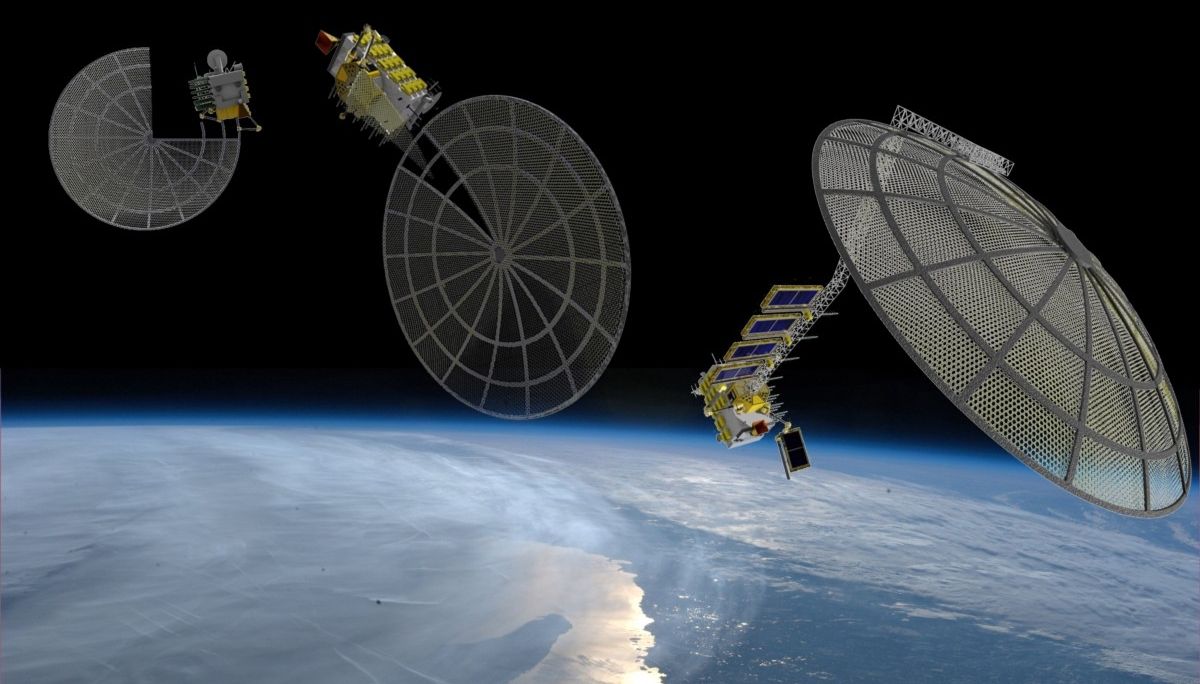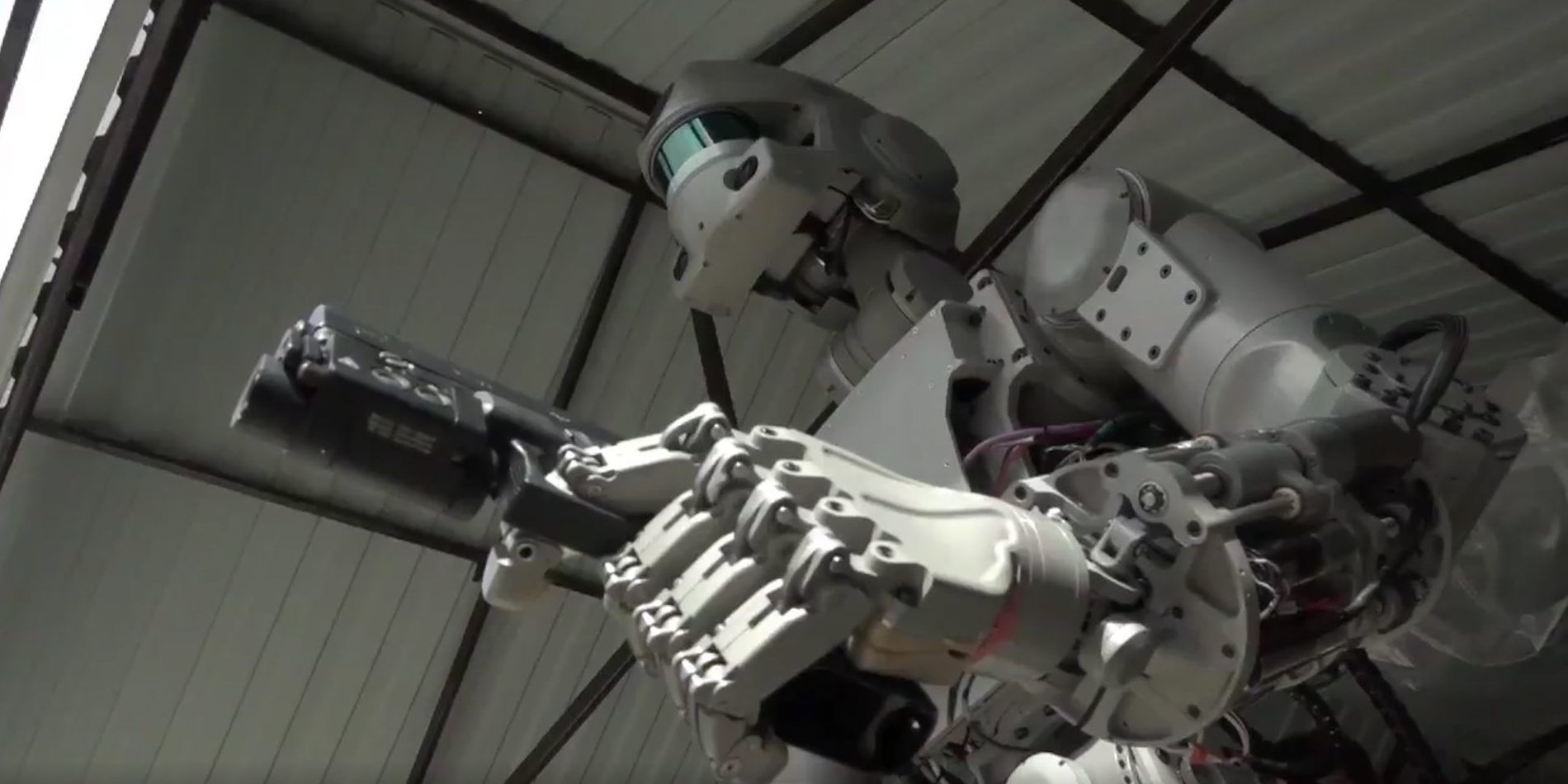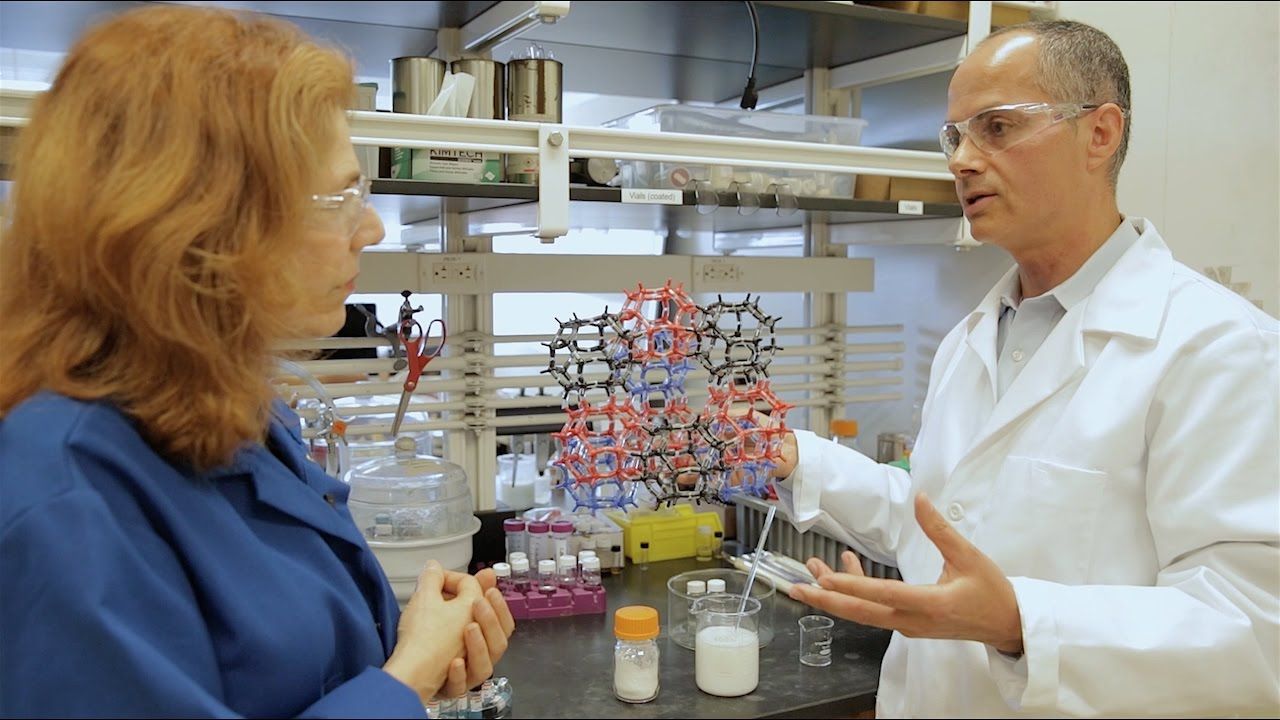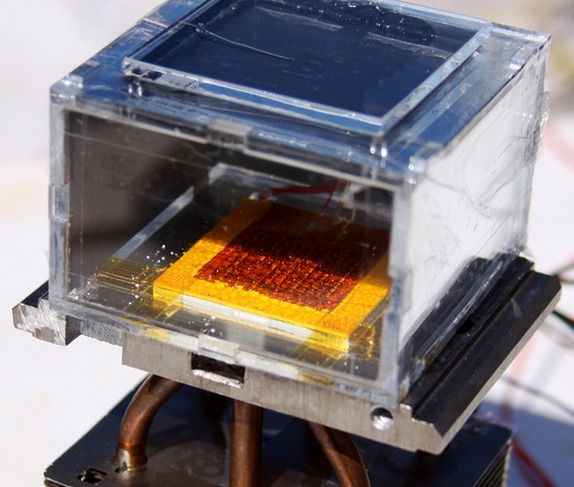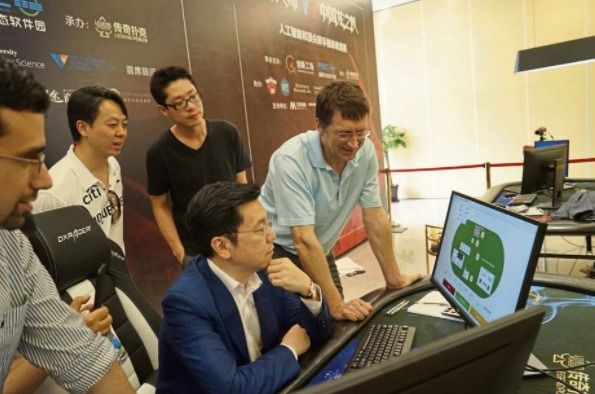

Carnegie Mellon University professor Tuomas Sandholm talks to Kai-Fu Lee, head of Sinovation Ventures, a Chinese venture capital firm, as Lee plays poker against Lengpudashi AI (credit: Sinovation Ventures)
Artificial intelligence (AI) triumphed over human poker players again (see “Carnegie Mellon AI beats top poker pros — a first “), as a computer sprogram developed by Carnegie Mellon University (CMU) researchers beat six Chinese players by a total of $792,327 in virtual chips during a five-day, 36,000-hand exhibition that ended today (April 10, 2017) in Hainan, China.
The AI software program, called Lengpudashi (“cold poker master”) is a version of Libratus, the CMU AI that beat four top poker professionals during a 20-day, 120,000-hand Heads-Up No-Limit Texas Hold’em competition in January in Pittsburgh, Pennsylvania.
Read more




